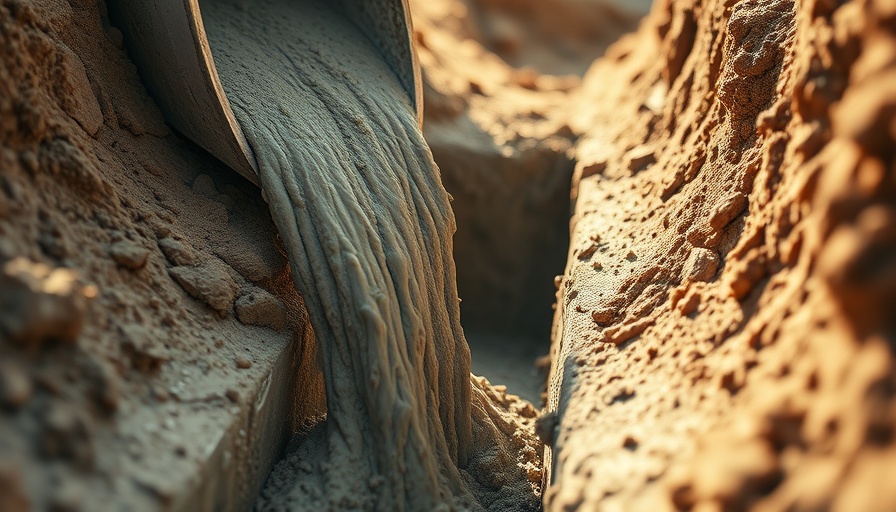
Revolutionizing Construction: Understanding Flush-Frame Connections
In the rapidly changing landscape of commercial construction, innovation is key to achieving efficiency and sustainability. The new flush-frame connections designed by New Millennium are setting a new standard in the industry. These innovative steel joists not only reduce weight compared to traditional wide-flange beams but also maintain equivalent stiffness and vibration performance. This advancement could change how property developers and construction firms approach structural designs.
Efficiency in Design: Benefits of Flush-Frame Connections
One of the primary advantages of flush-frame end connections is their role in simplifying the specification process. The standardization published for these connections enhances the coordination between the various stakeholders in construction—from specifiers and steel fabricators to erectors. This streamlined approach reduces design time and accelerates both joist and girder fabrication, which can significantly impact project timelines and budgets.
Why Choose Flush-Frame Connections?
For business owners and developers evaluating cost-effective solutions for their projects, flush-frame connections offer a compelling alternative. By eliminating concerns regarding girder torsion during both erection and final design loading, these connections not only improve safety but also foster greater confidence in structural integrity. Moreover, the design allows for easier installation, which could lead to savings in labor costs and construction time.
Current Trends in Construction Technology
The construction industry is witnessing an increased focus on technology-driven innovations that promote efficiency and sustainability. Flush-frame connections fit seamlessly within this trend by embracing modern engineering practices. As property developers and facility managers think about future projects, the adoption of such technologies will not only elevate building performance but also align with community and environmental goals.
Future Predictions: The Next Steps in Construction Innovation
Looking ahead, it's plausible that flush-frame connections could become a gold standard, especially as the industry moves toward more sustainable building practices. As policies evolve to encourage green construction, the weight savings and efficient design of flush-frame systems may play a crucial role in meeting new environmental standards. Developers who invest in understanding these trends today may position themselves ahead in the competitive landscape.
Take Action: Get the Flush Frame Design Guide
For those involved in the construction framework or those interested in enhancing their project management skills, the Flush Frame Design Guide is an essential tool. This guide provides comprehensive insights on implementing flush-frame connections, ensuring you stay ahead of industry innovations. Download it today to leverage the benefits of this revolutionary design.
 Add Row
Add Row  Add
Add 




Write A Comment